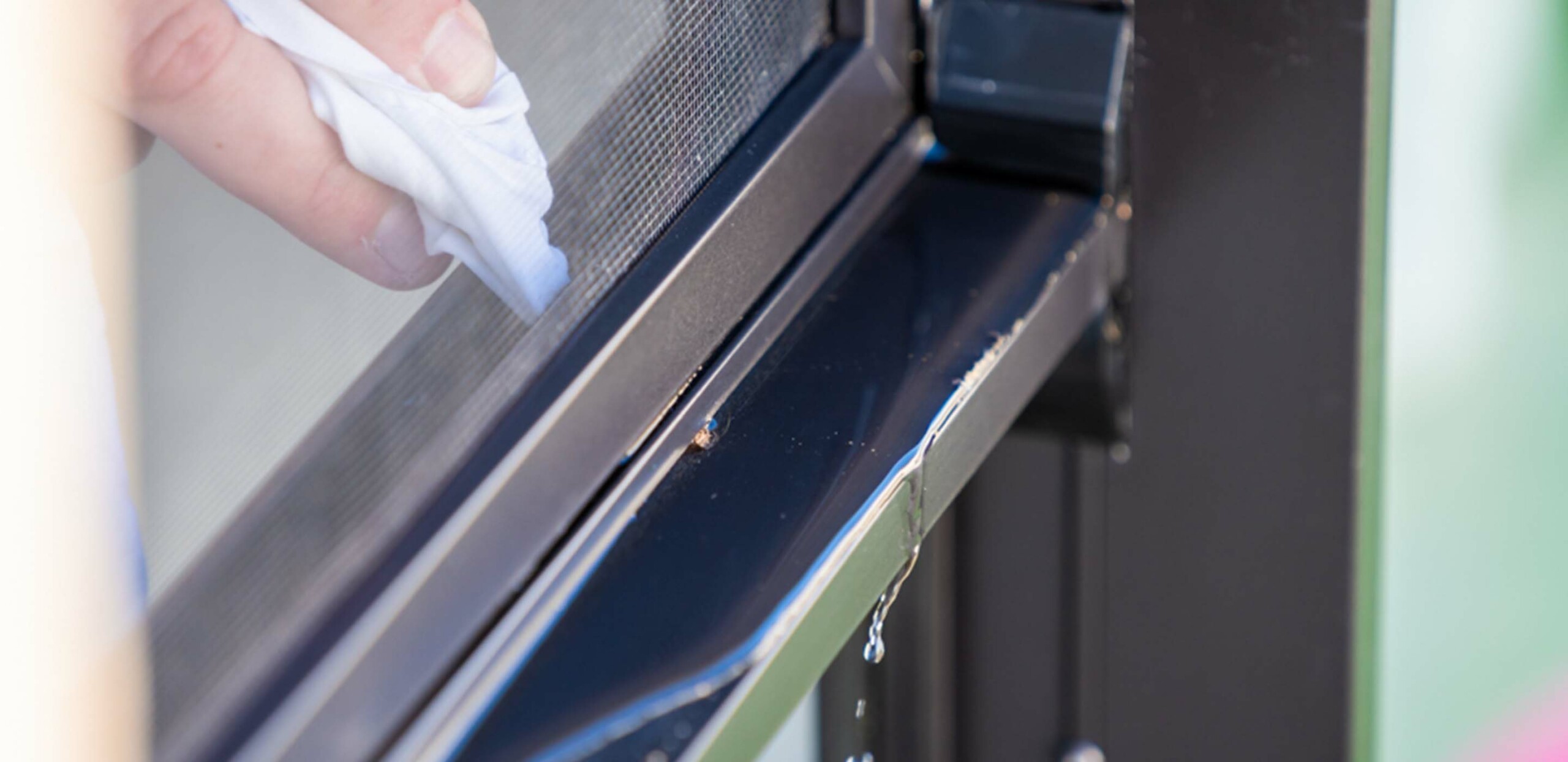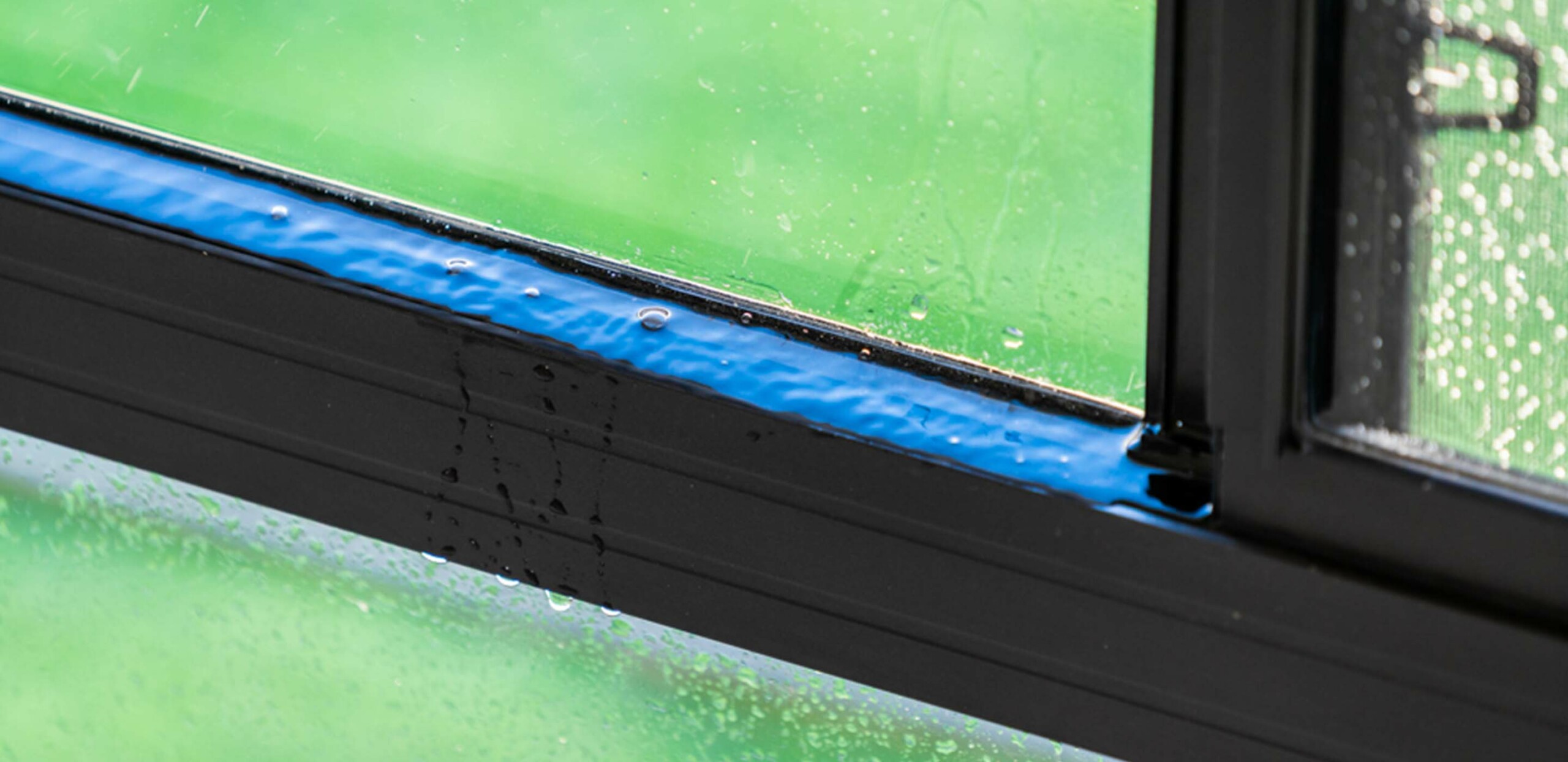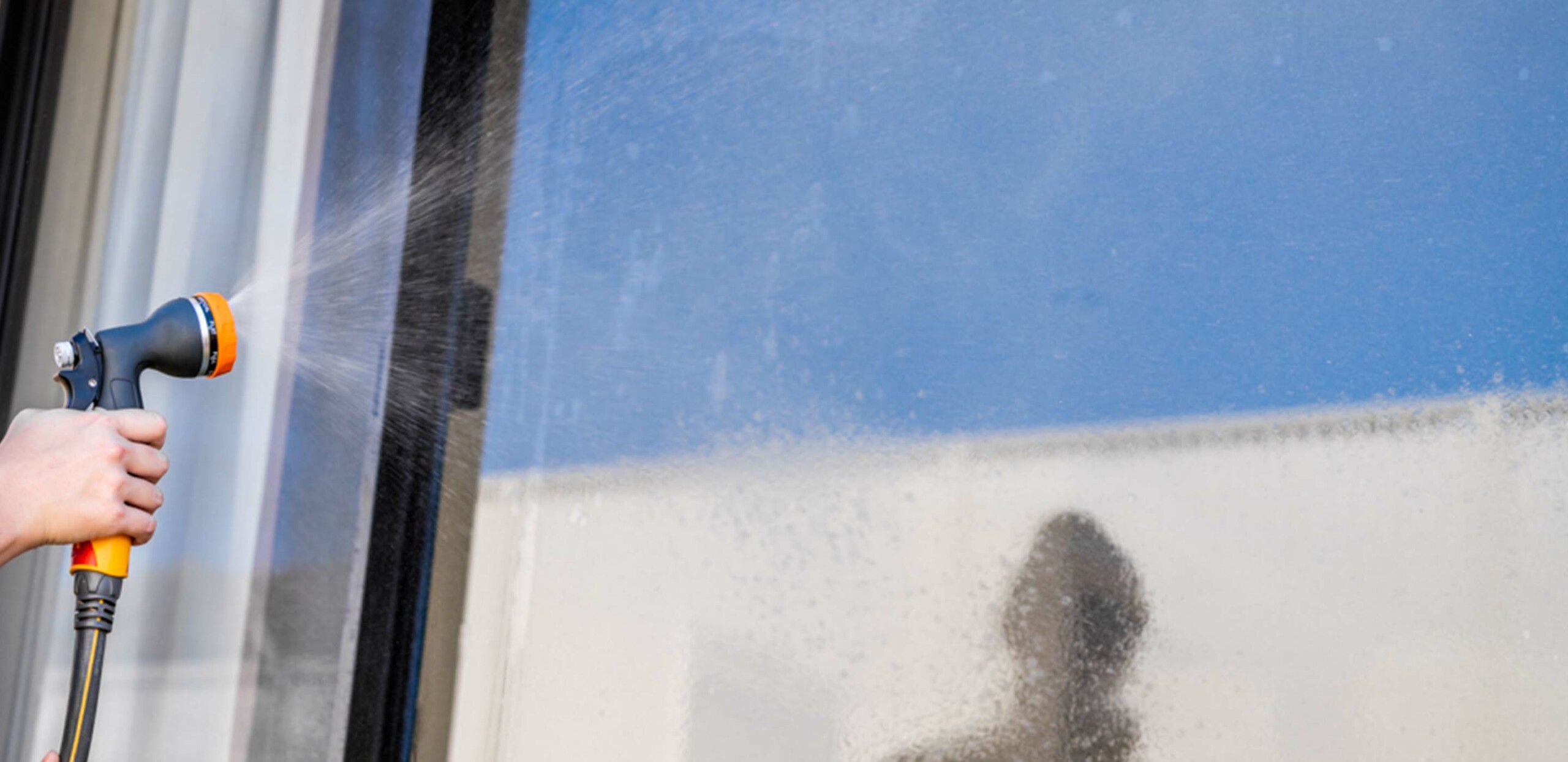
Winter in Perth, Bunbury and the south-west can be relatively mild. However, it can also bring the occasional downpour of rain and thunderstorms, so it’s important to get our homes winter-ready to ensure we remain cosy during these colder months.
Here’s an easy checklist of things you can do to prepare your home for winter.
1. Clear your gutters
Clogged gutters can overflow during heavy rain and cause expensive damage, so make sure your gutters are clear of any leaf litter and inspect them for damage.
2. Check your weep holes
Just like your gutters, it is important to check your window and door frames are clear from debris like dirt and leaf litter, and that your weep holes are not blocked.
A weep hole (also known as a drainage hole) is a small opening in your window and door frame that allows water to drain from the assembly. If your weep holes are blocked it can cause the water to overflow into your window or door track and back inside your home.
Weep holes perform an essential function on your windows and sliding doors, and it’s important to ensure they are not blocked with leaves or dirt, covered up with aftermarket security screens, or installed flush into your flooring without sufficient drainage.
A good method to test your weep holes for adequate drainage is to run your hose over your windows, checking your weep holes are letting the water flow out freely and not overflowing. Be sure to use a fine spray on your hose, rather than full blast when performing this test.
If you have Jason windows and you would like to add security screens that won’t block your weep holes, please speak with one of our friendly staff in our security screen team.

A weep hole (also known as a drainage hole) is a small opening in your window and door frame that allows water to drain from the assembly.

Remember to check your weep holes are clear from dirt and debris so they do not become blocked

Blocked weep holes on your window frames can cause water backflow into your home, much like clogged gutters.

Ensure adequate drainage by testing your weep holes with a fine spray from your hose before the heavy rain sets in.

Watch How Weep Holes Work
3. Check your roof
Do you have any broken or loose tiles that need replacing? It’s a good idea to carry out these repairs now before the wet weather sets in and causes damage to the ceiling inside your house.
4. Garden grooming
Trim your trees and bushes away from your house and overhead electrical wires to reduce the risk of property damage and power problems in strong winds.
5. Switch off your sprinklers
The Water Corporation requires sprinklers to be switched off from 1 June to 31 August each year for all scheme and water users in Perth, Mandurah and some parts of the south-west.
6. Secure your shade sails
Take your shade sails down in preparation for winter, or ensure they are secured properly and will not become a hazard.
7. Rug up
If you have hard flooring in your house why not add some rugs for winter? They’re not only a great way to spruce up a room but also help trap more of the heat inside your home.
8. Get high tech
“Hey Google, turn on the air conditioning! Alexa, heat the kettle! Siri, run the bath!”
We live in an age of smart appliances and fingertip convenience, so why not make the most of it!
We hope this checklist will make your winter preparation a snap. If you’d like to know more about creating an energy efficient home for winter (and summer), chat to us about our energy efficient glass options today.










